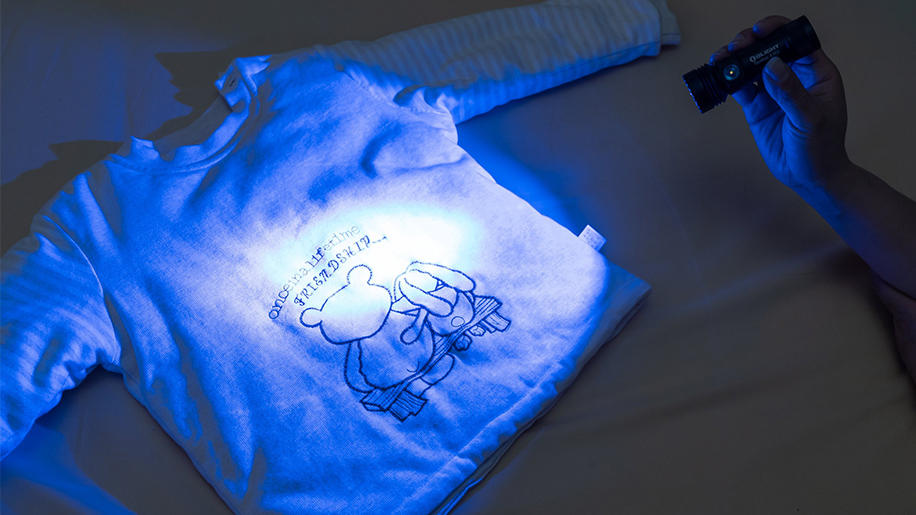Are you curious about the invisible world around you? Want to uncover hidden secrets and witness things that are usually beyond the reach of your eyes? UV flashlights might just be the fascinating tool you need! However, with a plethora of options and technical jargon, choosing the right one can be quite a puzzle. Fret not, as our expert guide is here to illuminate your path to the best UV flashlight that perfectly suits your needs.
What Is A UV Flashlight?
A UV flashlight emits ultraviolet radiation, a form of light energy that lies outside the visible spectrum for humans. When this UV light encounters certain objects, it causes them to fluoresce, creating a captivating and bright glow. Various substances like paints, dyes, minerals, animals, and body fluids exhibit fluorescence, which becomes visible only when exposed to a UV light source.
A UV flashlight typically resembles a standard white light flashlight but operates differently by emitting ultraviolet light. The majority of UV flashlights utilize LED technology, providing an efficient and reliable light source.
What Is UV Light?
UV light, short for ultraviolet light, is a form of electromagnetic radiation that lies beyond the violet end of the visible light spectrum. It has a shorter wavelength than visible light, ranging from 10 to 400 nanometers (nm).

There are three main types of UV light based on their wavelengths:
UVA (Long-wave UV ranging from 315 to 400 nm): It is commonly referred to as "black light" and is often used for applications such as detecting fluorescent materials, tanning, and some medical therapies.
UVB (Medium-wave UV ranging from 280 to 315 nm): It is responsible for causing sunburns and plays a role in the production of vitamin D in the skin. However, excessive exposure to UVB can also lead to skin damage and an increased risk of skin cancer.
UVC (Short-wave UV ranging from 100 to 280 nm): It is the most harmful type of UV light and is fortunately mostly absorbed by the Earth's atmosphere, so it doesn't reach us from the sun. UVC is extensively used for germicidal applications, such as disinfecting air, water, and surfaces
What Type of UV Light Is in A UV Flashlight?
The most important type of UV light in a UV flashlight is the one that falls within the UVA (long-wave UV) range, particularly around 365 nm.
UVA light at 365 nm strikes the right balance between inducing fluorescence in materials while still being visible to the human eye. This visibility is advantageous when using UV flashlights for various purposes, as it allows users to observe the fluorescence and identify specific features or substances with ease.
UVA light at 365 nm poses minimal risks when used responsibly. This makes it suitable for extended and continuous use in applications where prolonged exposure is necessary.
Key Factors to Consider When Choosing a UV Flashlight?
Research UV Wavelength Options
Not all UV wavelengths can elicit the wondrous dance of fluorescence. Venture into the twilight zone of wavelengths near 360 nm, where the magic of fluorescence thrives. A UV flashlight boasting a wavelength around 365 nm is the gateway to unearthing the radiant glimmer you seek. Beware, however, avoid flashlights with wavelengths too close to the visible spectrum, as they might not induce sufficient fluorescence.
Check for UV Output
Finding information about the UV light output can be challenging. Focus on flashlights with higher wattage ratings, as they generally produce more UV light. Also, consider LED efficiency, as this impacts the flashlight's overall output.
Evaluate Power Source Options
Consider your usage patterns and preferences when choosing a power source. If you only plan to use the flashlight occasionally, disposable AA or AAA batteries might suffice. However, for frequent or prolonged use, opt for rechargeable options like the 18650 lithium-ion battery to save on long-term costs.
Prioritize Safety Features
Safety should always be a top priority when dealing with UV light. Choose a flashlight that comes with protective features such as circuit protection for rechargeable batteries. Additionally, follow safety precautions like avoiding direct eye contact and keeping the flashlight away from children or uninformed individuals.
Read User Reviews
Before making a final decision, read user reviews and compare different models. Real-world experiences and insights from other users can provide valuable information that may not be apparent from product descriptions alone.
What Is A UV Flashlight Used for
Counterfeit Detection
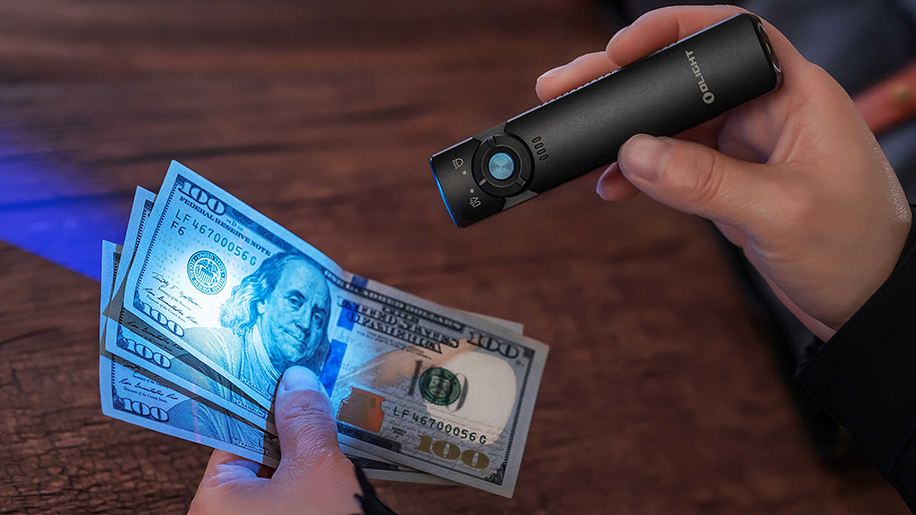
Artwork and Collectibles: Collectors and art experts use UV flashlights to authenticate paintings, prints, and art objects by detecting hidden signatures and repairs.
Antique Currency and Stamps: Numismatists and philatelists employ UV flashlights to identify counterfeit currency notes and stamps that may have invisible fluorescent features.
Pest Control and Wildlife Observation
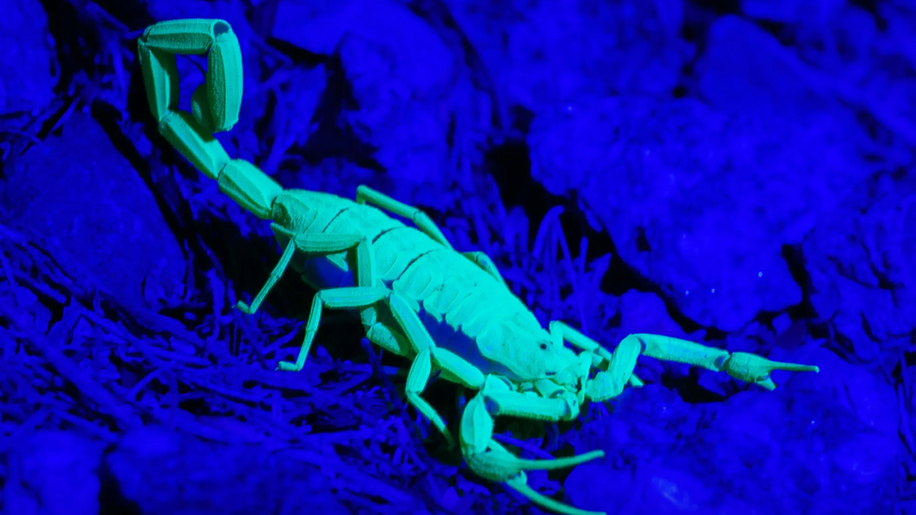
Scorpion and Insect Hunting: Outdoor enthusiasts and pest control professionals use UV flashlights to spot scorpions, insects, and arachnids, as they often glow or fluoresce under UV light.
Wildlife Tracking: Zoologists and researchers use UV flashlights to track and observe nocturnal wildlife, such as certain fish and amphibians that fluoresce in the dark.
HVAC and Cleaning Inspections
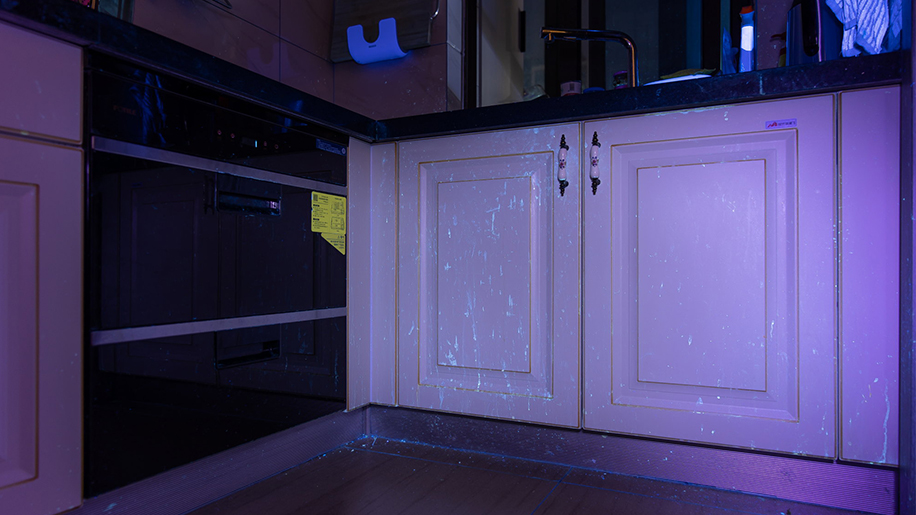
Air Conditioning and HVAC Maintenance: HVAC technicians use UV flashlights to detect refrigerant leaks in air conditioning systems.
Cleaning and Hygiene Inspections: Housekeepers and hygiene professionals use UV flashlights to inspect cleanliness levels and detect biological residues.
Outdoor Adventures and Exploration
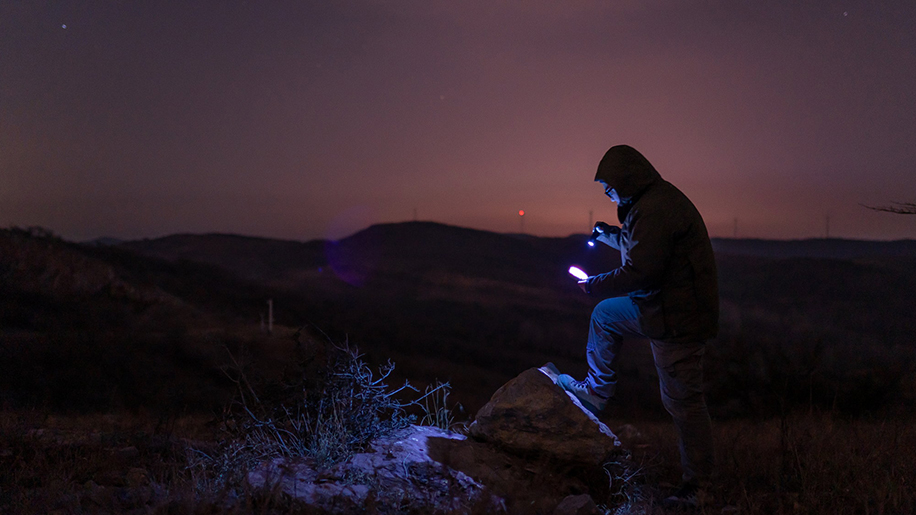
Outdoor Scavenger Hunts: UV flashlights add a fun twist to scavenger hunts by revealing hidden messages or fluorescent markers.
Geocaching: Geocachers use UV flashlights to find caches that have UV-sensitive clues or hidden codes.
Nighttime Photography: Photographers can create unique and mesmerizing shots by capturing the fluorescence of various objects under UV light.
Health and Safety
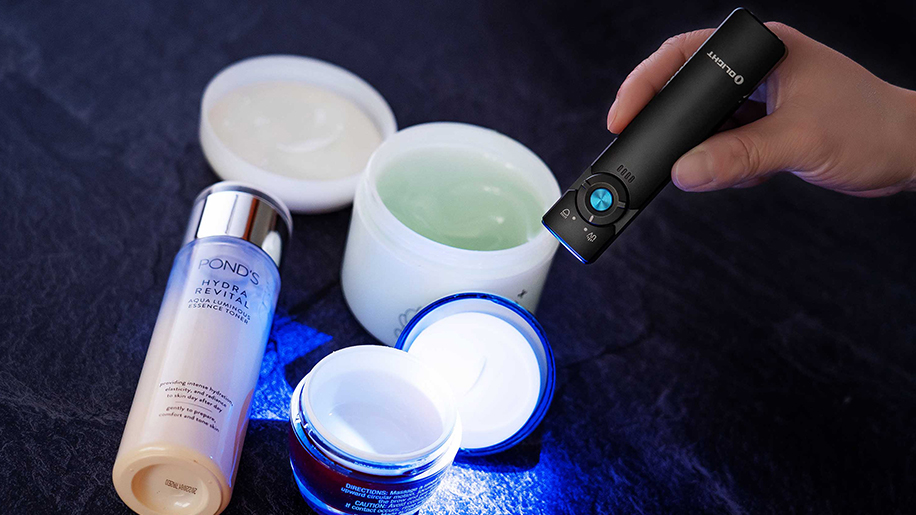
Pet Stain Detection: UV flashlights help pet owners identify urine stains and other messes that are invisible to the naked eye, making cleaning more effective.
Detecting Contaminations: UV flashlights are used in industries like food safety and sanitation to identify contaminants and ensure quality control.
Sunscreen and Cosmetics Testing: UV flashlights can reveal the effectiveness of sunscreen by showing areas of skin missed during application. They can also detect UV-reactive ingredients in cosmetics.
Jewelry and Gemstone Authentication
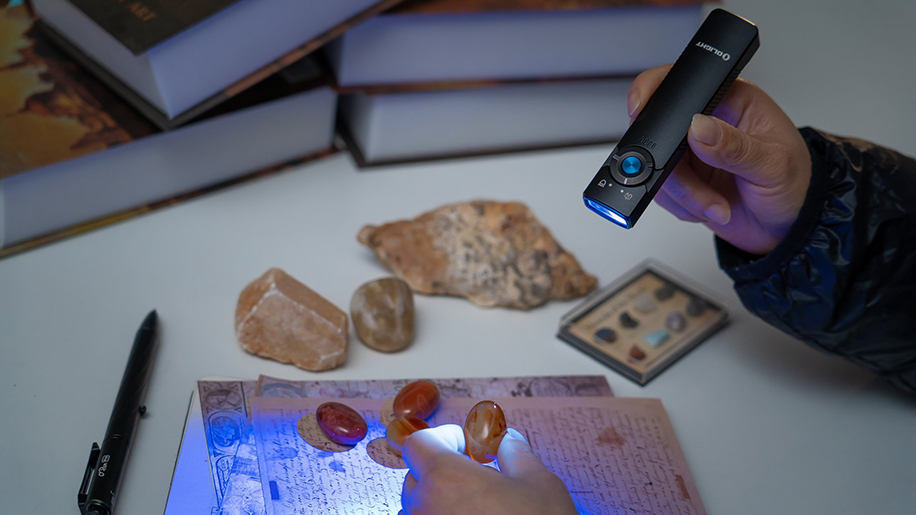
Diamond and Gemstone Inspection: Jewelers use UV flashlights to examine diamonds and gemstones for fluorescence, as certain minerals fluoresce under UV light, providing valuable information about their authenticity.
Antique and Vintage Jewelry Evaluation: UV light can reveal repairs and restorations that might not be visible under regular lighting, aiding in the evaluation of antique and vintage jewelry.
Conclusion
With your expertise in UV flashlights and a keen eye for the unseen, you are now equipped to venture into the world of fluorescence. Remember to select a UV flashlight with the right wavelength and adequate power output to suit your needs. Embrace the wonders of nature, the brilliance of art, and the security of authentication that UV flashlights unveil.
However, always prioritize safety and use UV light responsibly. Avoid direct eye contact, especially with young children, and consider protective gear when handling UV flashlights for extended periods.
Embark on your journey of discovery with confidence, and let the UV flashlight illuminate the hidden beauty that surrounds us all. Unleash the power of UV light and open doors to a world of wonders that lie just beyond our sight! Happy fluorescing!
